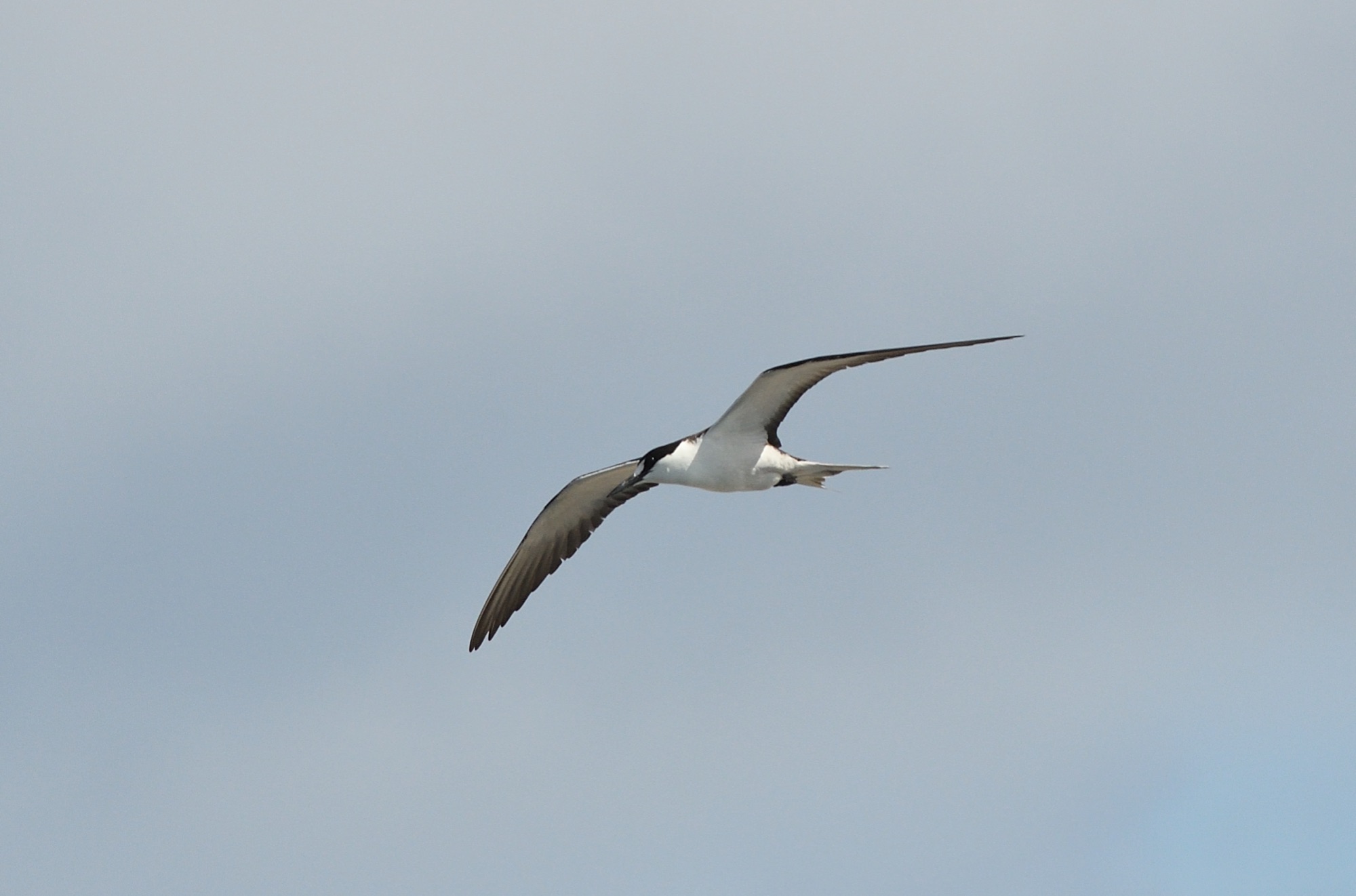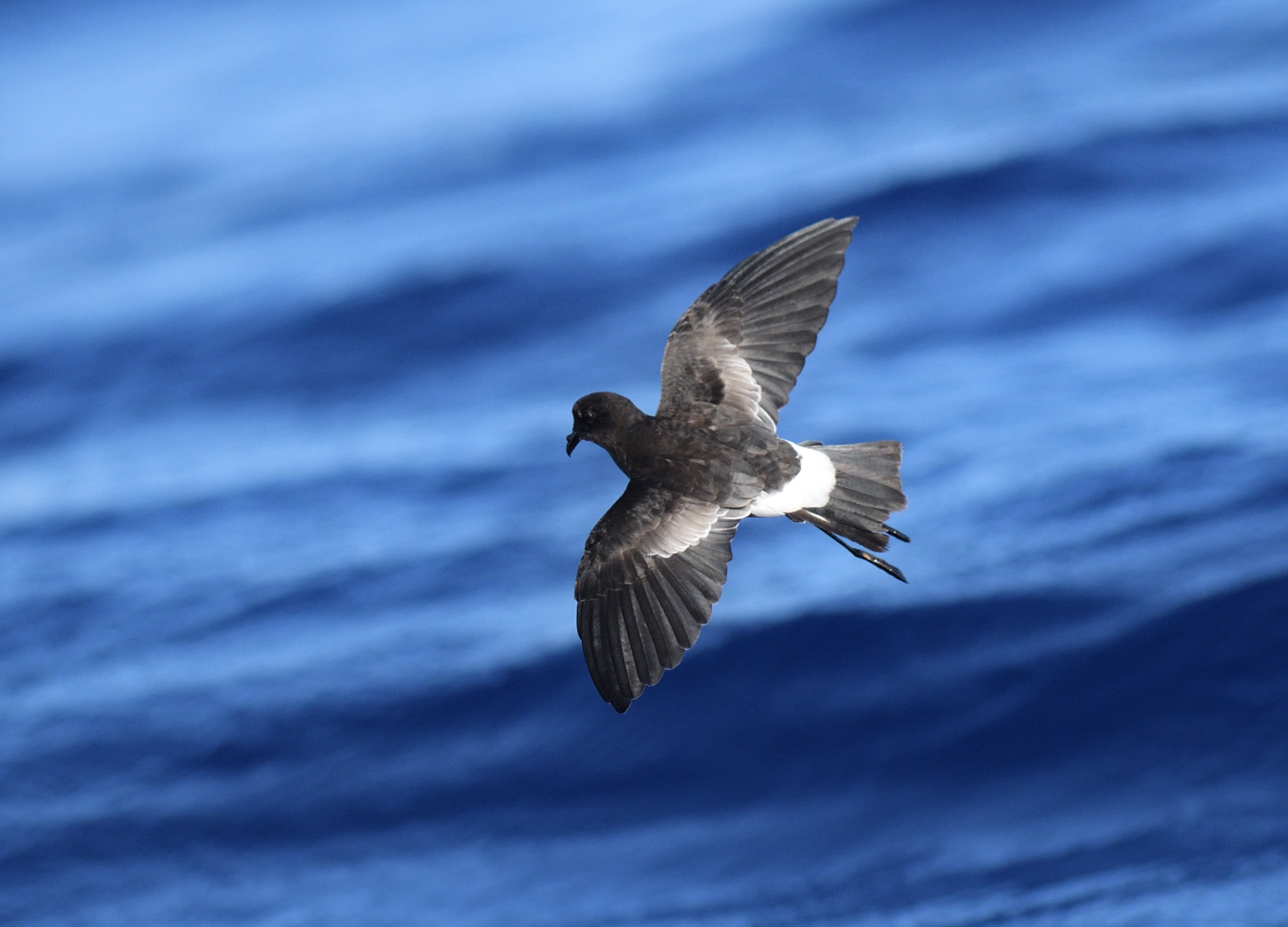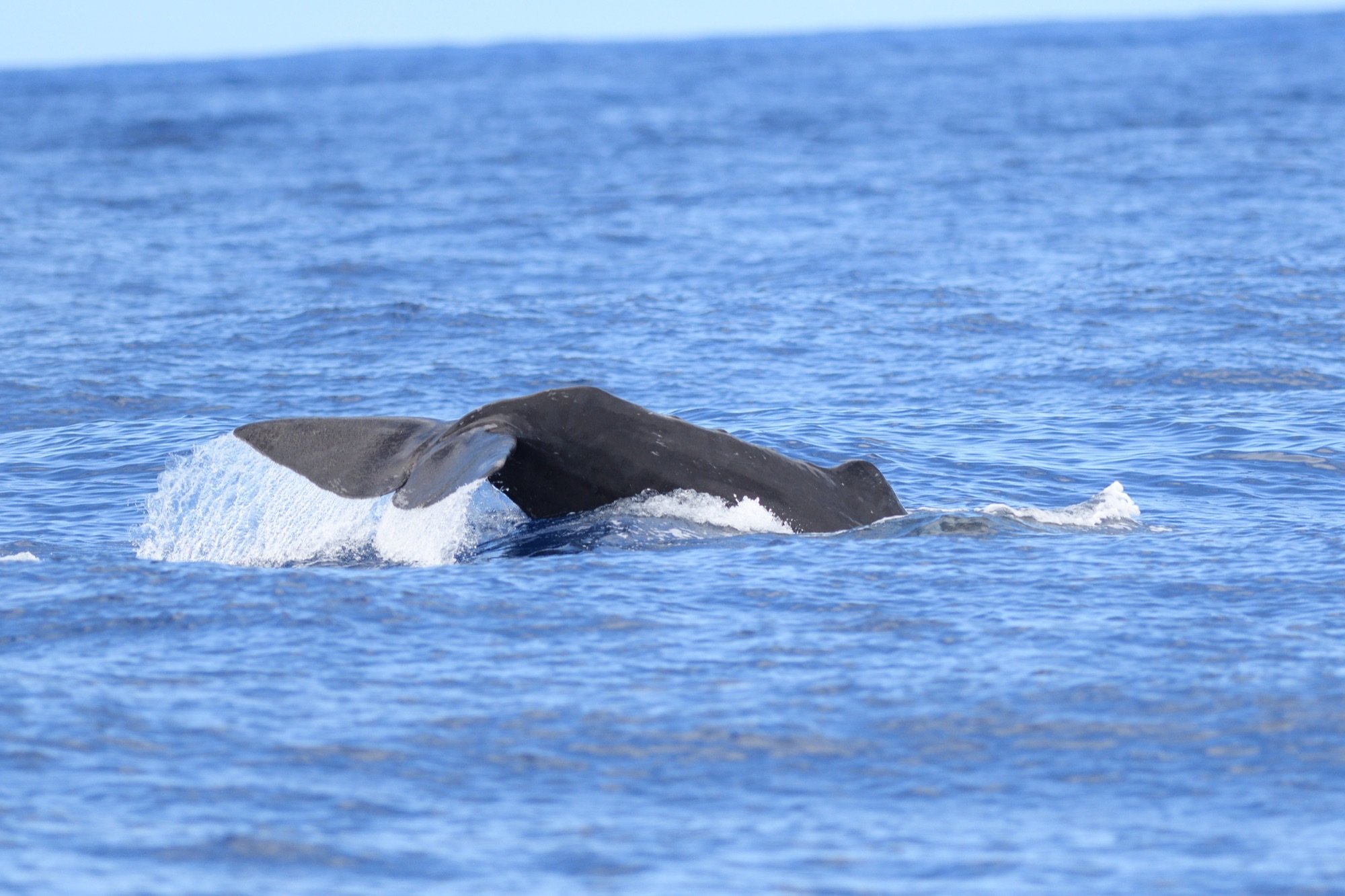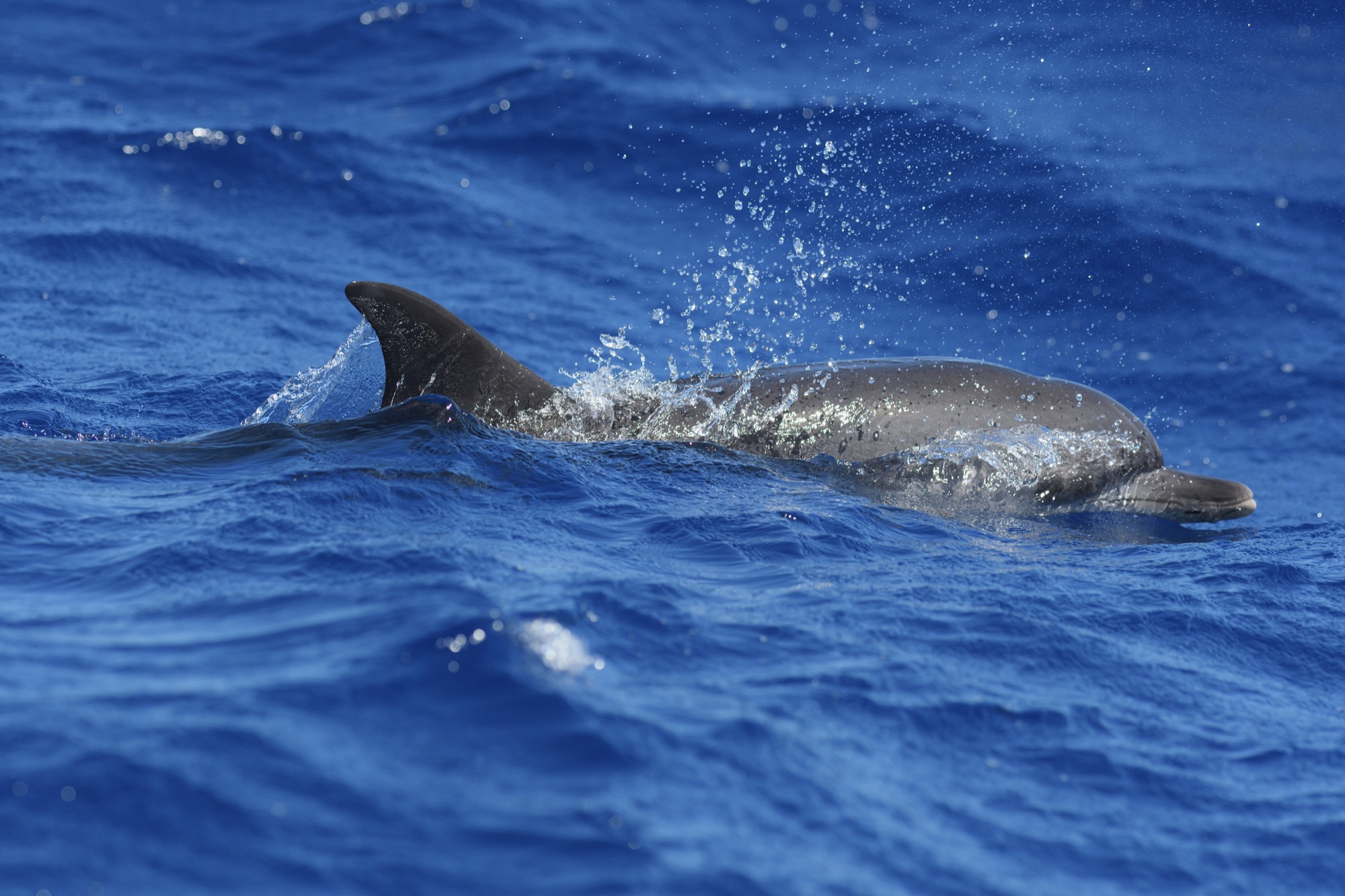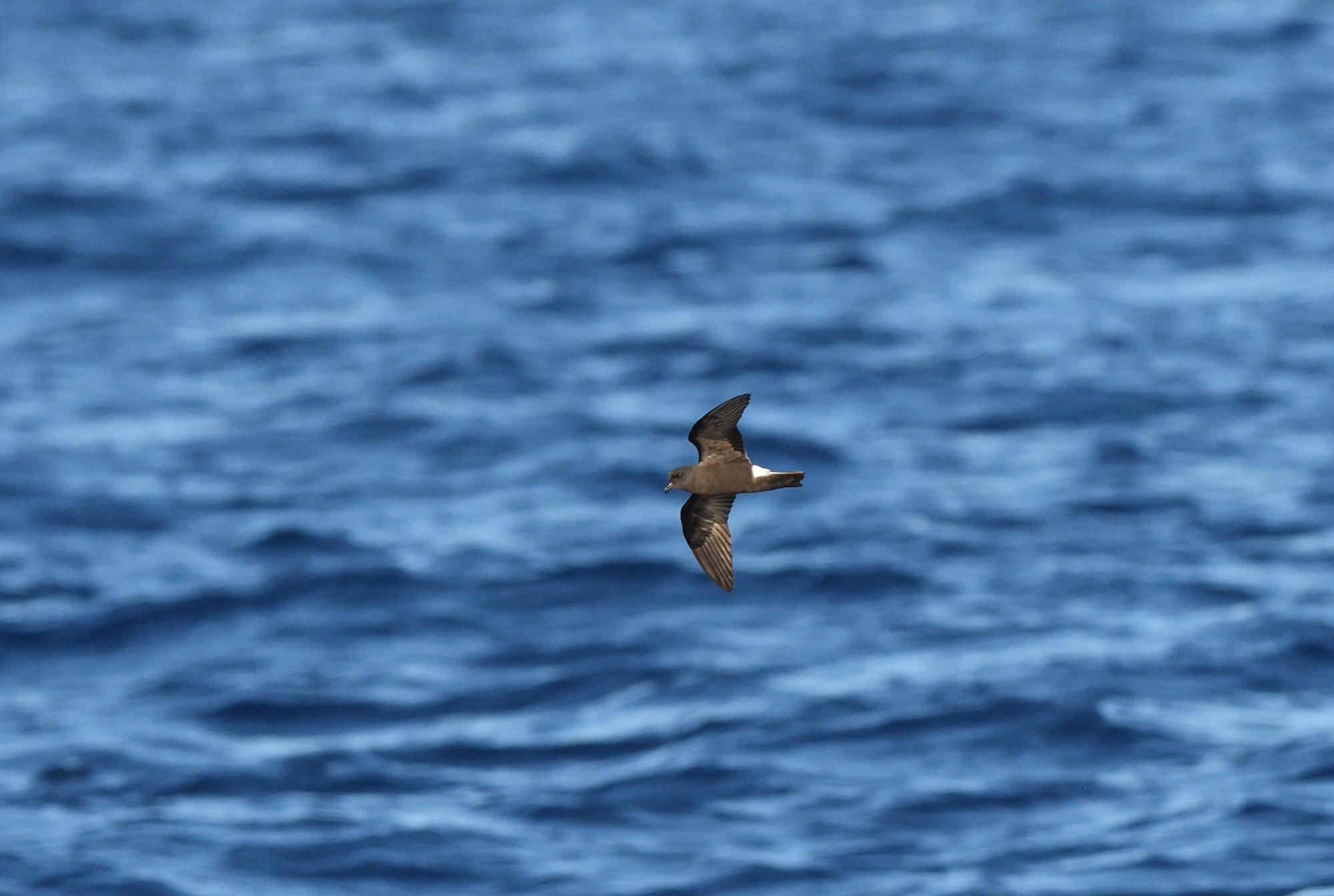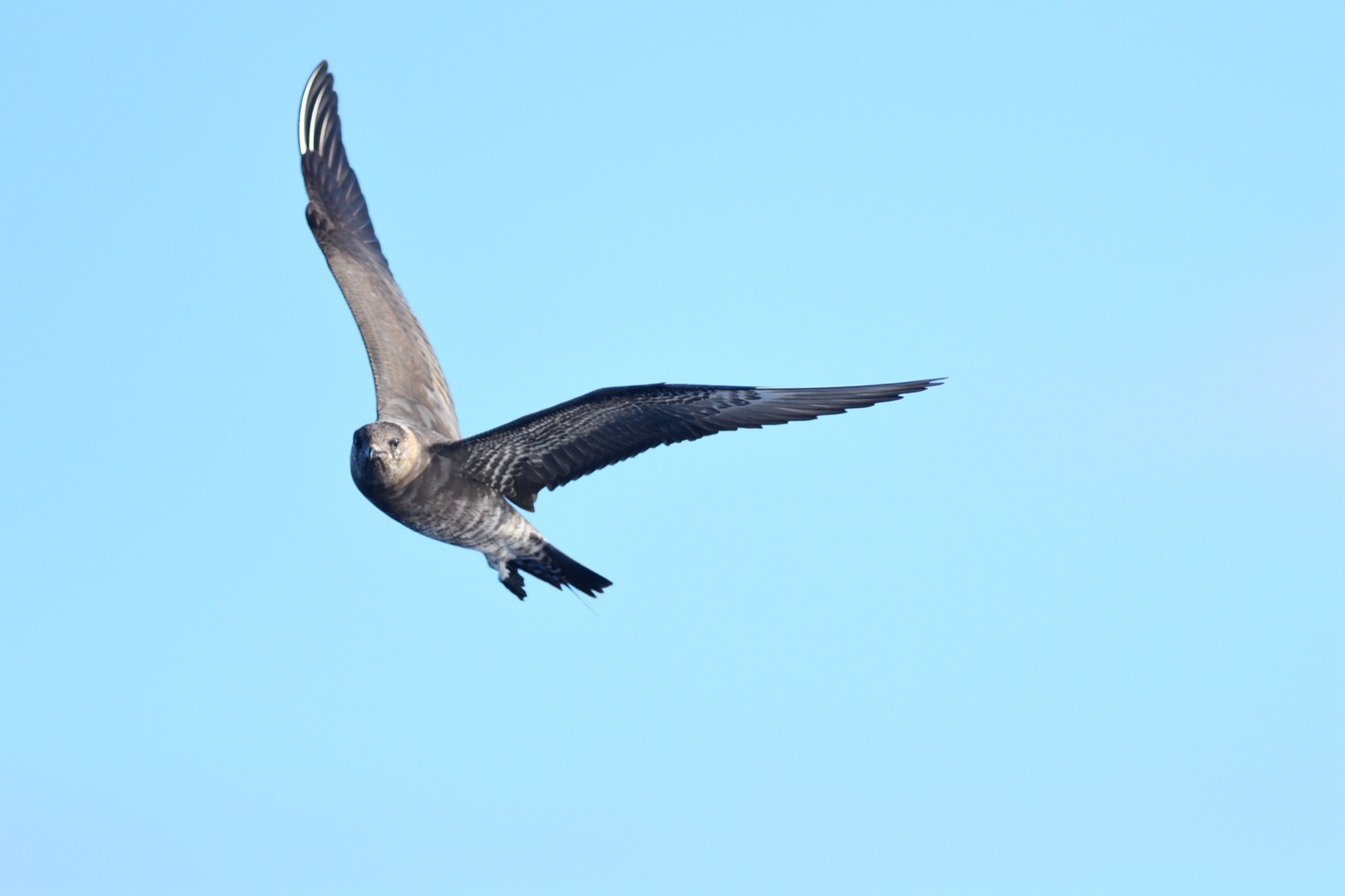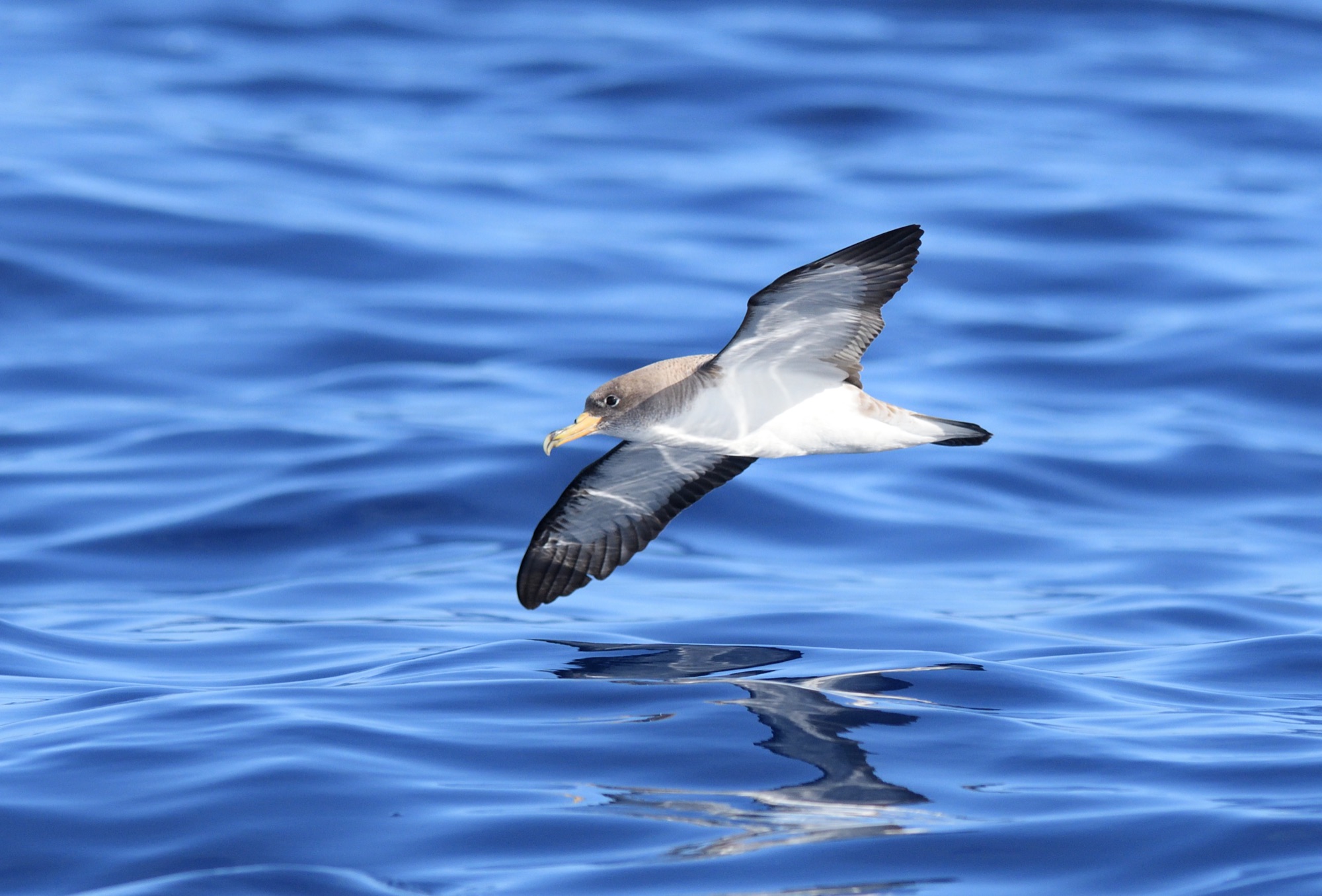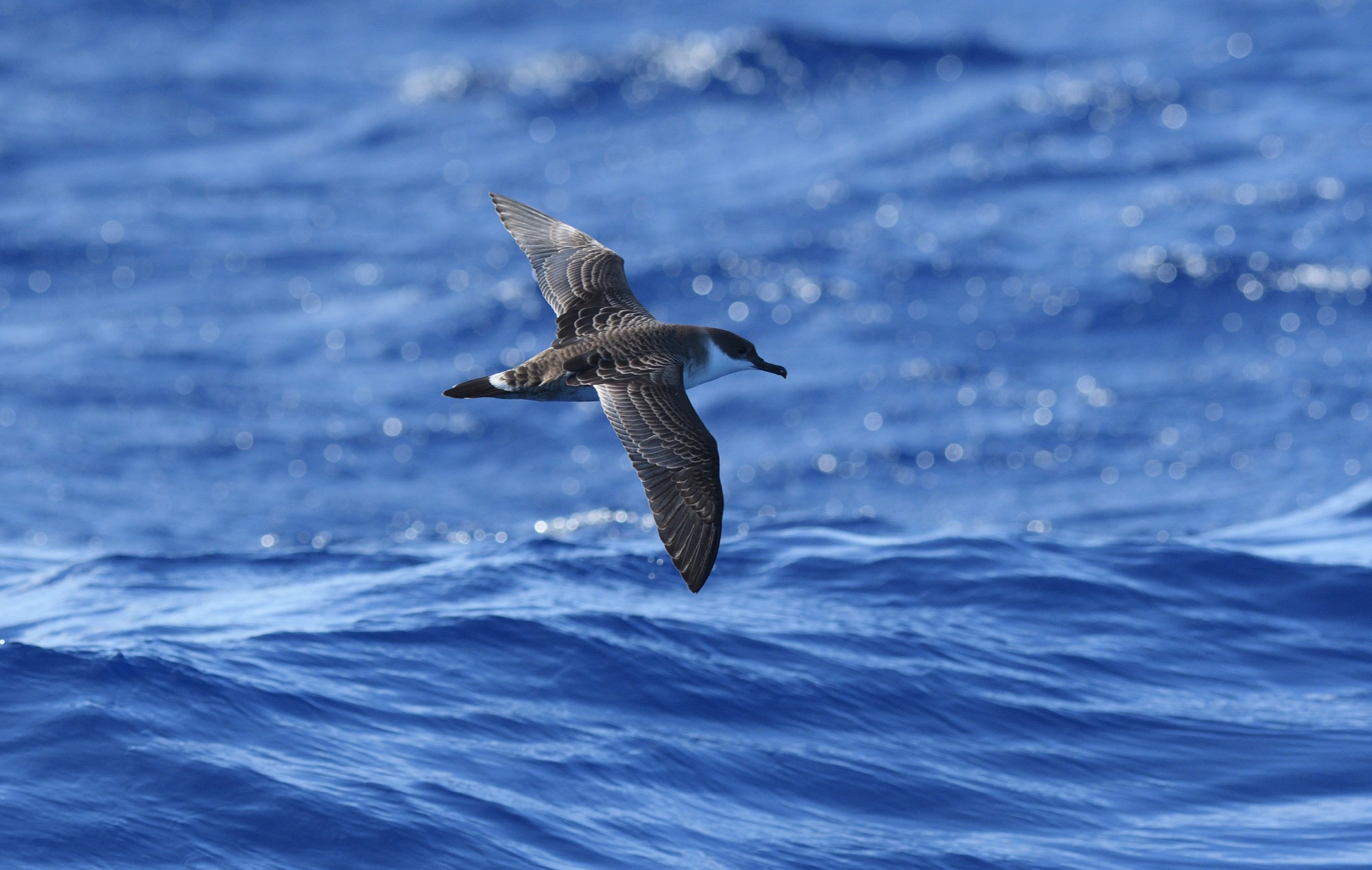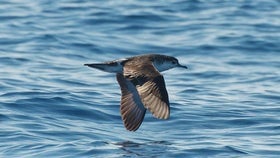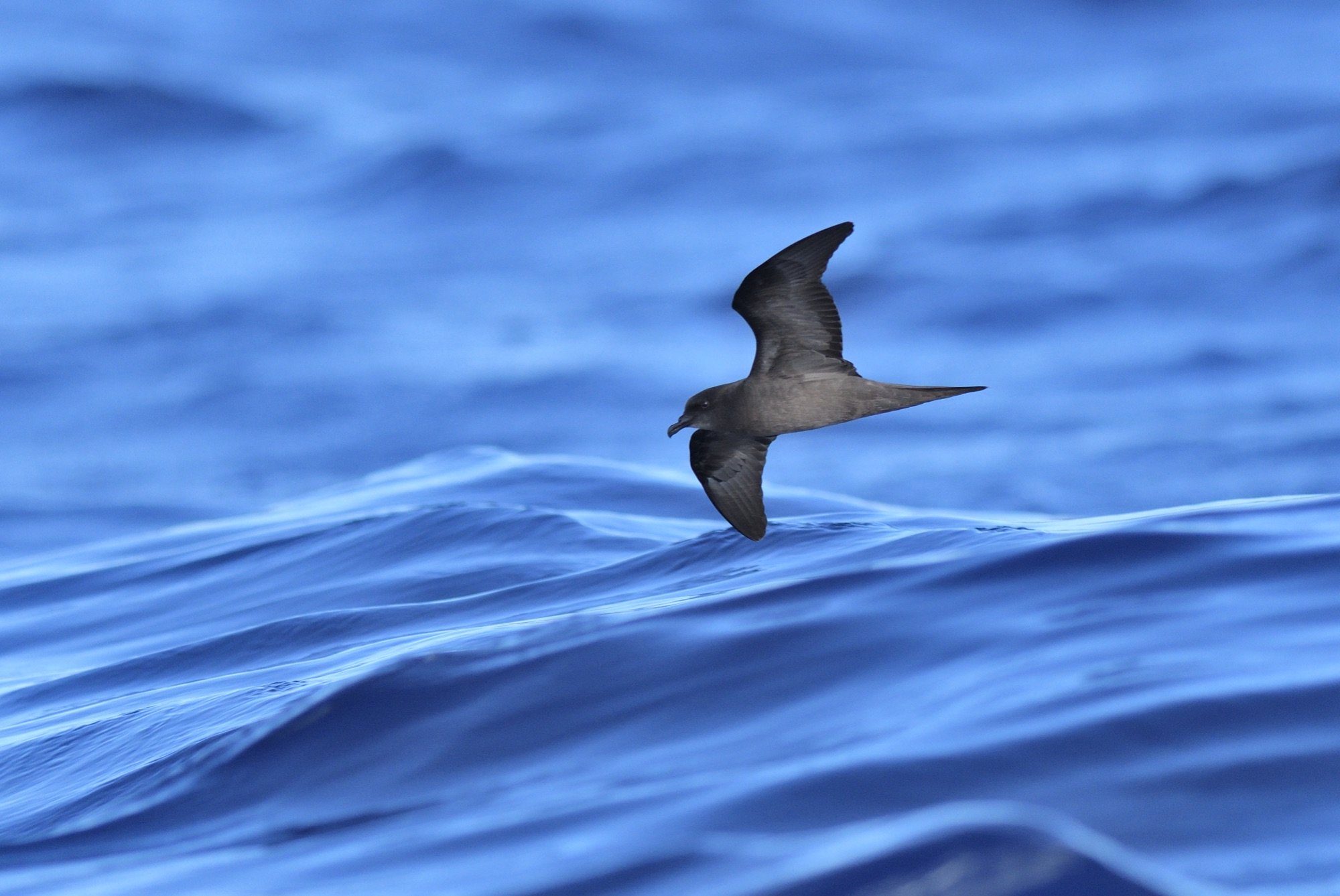AZORES PELAGICS - In Search of Monteiro's Storm Petrel
Day 1 Arrival in Terceira, Azores (26th July)
There's a cheap, direct flight (around £100 )from London Stanstead to Lajes International Airport (Airport Code- TER) on the island of Terceira, Azores and is one of 9 islands that make up the archipeligo. The flight arrives at 15:50 and we'll transfer a short distance to a conveniently located hotel where we will spend the night. Time permitting we can pay a visit to Cabo da Praia, the best wetland in the whole archipelago and is a former coastal quarry flooded by the tide twice a day. It regularly attracts American shorebirds such as a semi-resident pair of Semipalmated Plovers, whilst there are numerous other shorebirds on the list for this site although we will be too early for most them although there's still a chance of Pectoral Sandpiper, Lesser Yellowlegs or a Spotted Sandpiper to name just a few. This is also a really great spot to see Common Quail too. Night in Terceira.
Days 2 - 4 Terceira - Graciosa
It's only a 30 minute flight to the island of Graciosa, where we will stay at a great hotel for the next 3 nights. We plan to take 3 pelagics out to the deepwater Bank of Fortune over these next few days (weather depending). Our primary target will be Monteiro's Storm-Petrel, a species that until recently was thought to be 'an odd' Band-rumped (Madeiran) Storm-Petrel and only breeds in summer on the islets of Praia and Baixo located just off Graciosa. Over these two days we are sure to see this species during our 7 hour afternoon pelagics as they frequent our 'chum slick'. We will also get to see our first Cory's Shearwaters and Azores Gulls, the endemic Atlantis race of Yellow-legged Gulls, and maybe Sooty Tern, whilst Bulwer's Petrel is uncommon in these waters and Barolo Shearwater is a distinct possibility as they breed in the Azores. The 'cherry on the cake' would be the appearance of a Swinhoe's Storm-Petrel, as this is possibly the best place anywhere in the Western Palearctic to see this enigmatic and mysterious bird. And let's not forget that birding in these far-flung remote waters could well throw up a major rairity too! There are also a number of cetaceans possible, including Cuvier's Beaked Whale, Short-finned Pilot Whale, Spotted and Common Dolphins amongst others. Nights in Graciosa.
Day 5 Graciosa -São Miguel
We have the morning of Day 5 free, just in case we need to do an extra pelagic for any missing species and in the afternoon we will fly from Graciosa to Punta Delgada on São Miguel Island, via Terceira and head to our accommodation for the night. Night in São Miguel.
Day 6 São Miguel (31st July)
This is the largest island in the Azores and is home to the endemic Azores Bullfinch, which numbers possibly as few as 300 birds and is only found on the eastern side of this island mainly around the 1103m Pico da Vara. It inhabits the native Azorean Laurel and Juniper forest on steep-sided valleys, as well as forest edges and has learned to adapt and can sometimes be found in areas of introduced exotic plants usually above 400m.
We will spend most of the day to see this endemic, but there are a number of other resident endemic subspecies we should probably try and see just in case they are split in the future. These include Common Buzzard (insularum shared with Canary Islands), Common Woodpigeon (azorica), Grey Wagtail (patriciae), Common Blackbird (azorensis), Goldcrest (azoricus) and Common Chaffinch (moreletti). There are some other common species present, as well as a good chance of Roseate Tern, Atlantic Canary and Common Waxbill.
Once our birding is finished we will transfer to the airport in the late afternoon for evening flights back to UK/Europe.
All photos copyright Nick Bray/Zoothera Birding
All photos taken from our 2017 visit.
Just hover your cursor over each photo for info.

